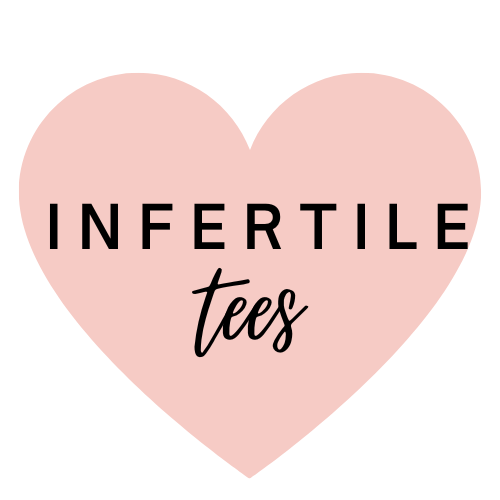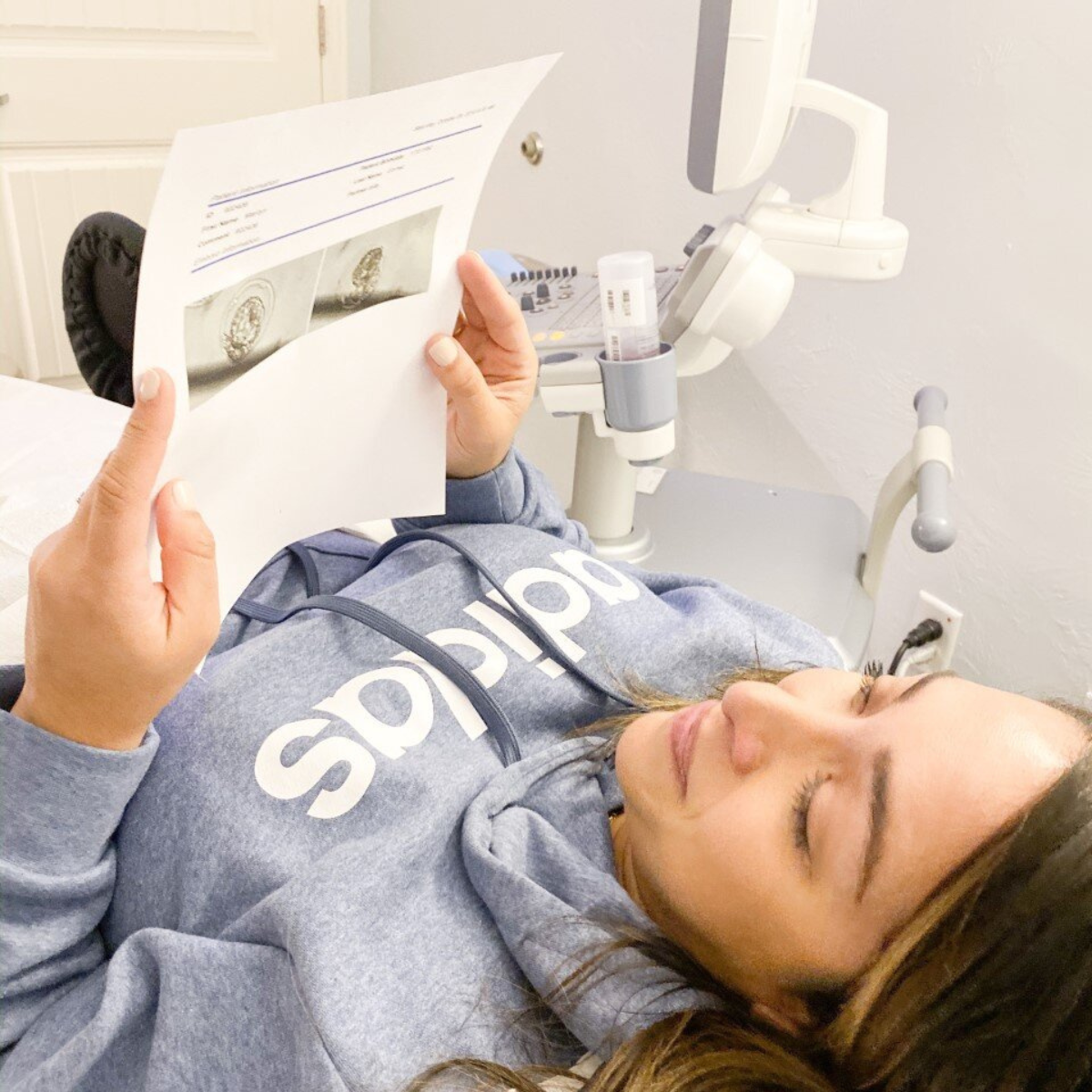I first gifted this bracelet in the orange for a friend for Christmas and then bought it for me to wear to an IVF advocacy day at the Alabama capitol! I got so many compliments on it and my friend did on hers too!
This is my first time ordering from infertile tees, and I decided to wear my new tee for a photo shoot for my new book. I am absolutely in love with the design and quality of my new 1 in 6 t-shirt💞
Every few months I treat myself to an infertile tee haul. I love the unique designs and getting to tell my story and support other women who have gone through and are going through the trenches of infertility.





